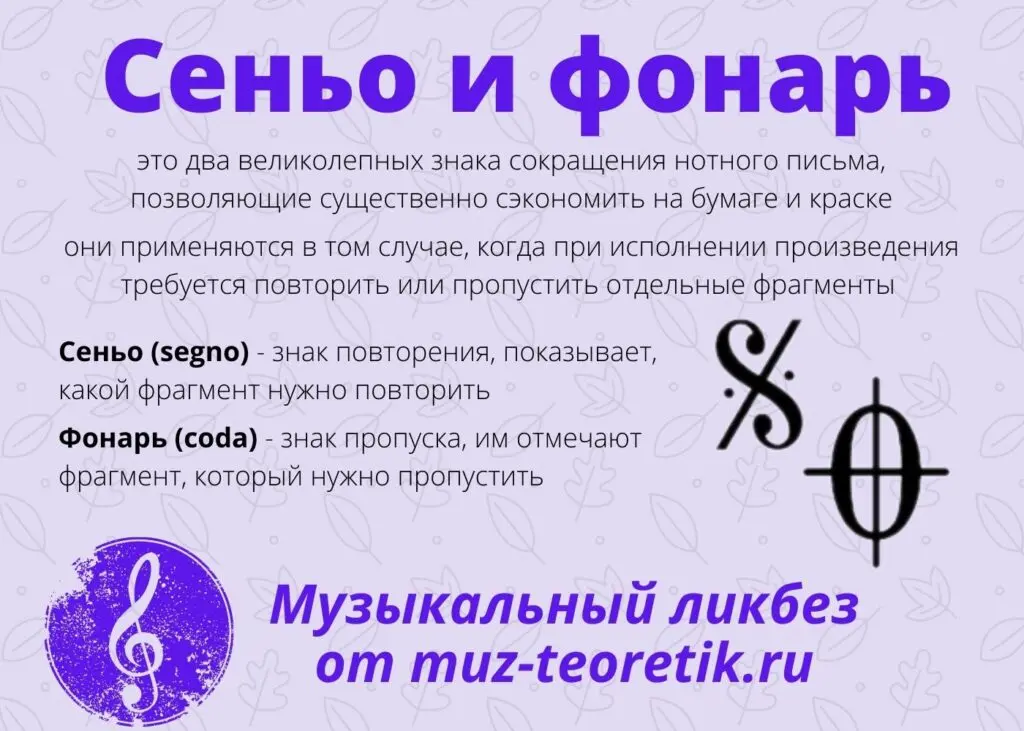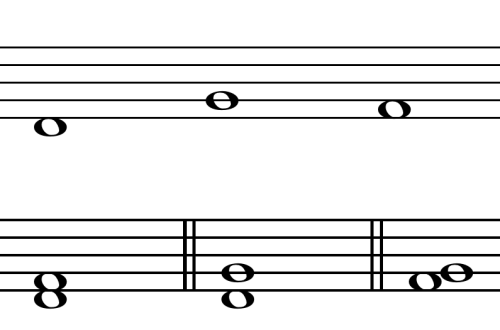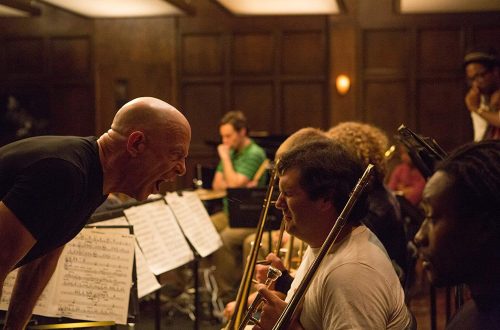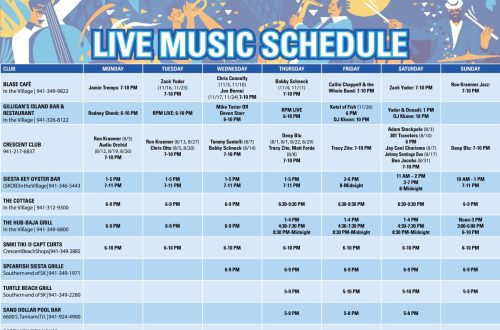
Segno and lantern: musical educational program
The segno and the lantern are two magnificent signs of abbreviation in musical writing, allowing you to save a lot on paper and paint. They perform a navigational function and are used when, during the performance of a work, it is required to repeat or skip some fragment of a significant duration.
Very often segno and a lantern are used in pairs, “working as a team”, but their meeting in one work is not at all necessary, sometimes they are used separately.
Сеньо (sign) – this is a sign indicating where to start the repetition. The moment after which you want to go to the repetition is marked in the score with the words Dal Segno (that is, “from the sign” or “from the sign”) or the short abbreviation DS. Sometimes, along with DS, the subsequent direction of movement is indicated:
- DS al Fine – from the sign “Segno” to the word “End”
- DS to Coda – from the sign “Segno” to the transition to the “Coda” (to the lantern).
Lantern (aka coda) – this is a skip sign, they mark a fragment that, when repeated, is stopped, that is, it is skipped. The second name of the sign is a coda (that is, completion): very often, when repeating, you need to reach the lantern, and then move on to the next lantern, which indicates the beginning of the coda – the final section of the work. Everything that is between two lanterns is skipped.






